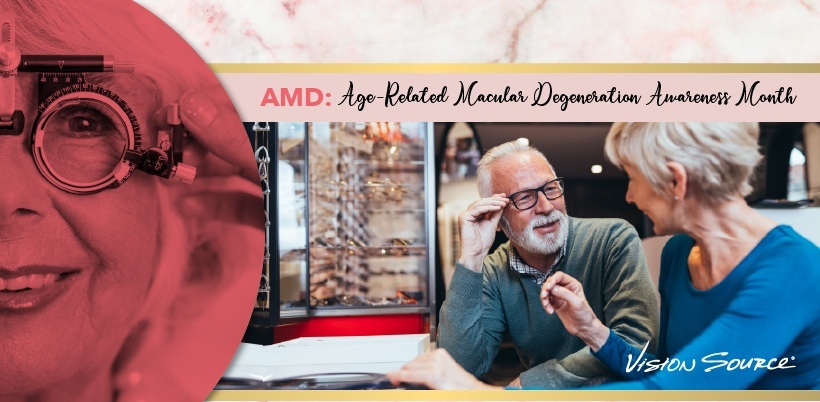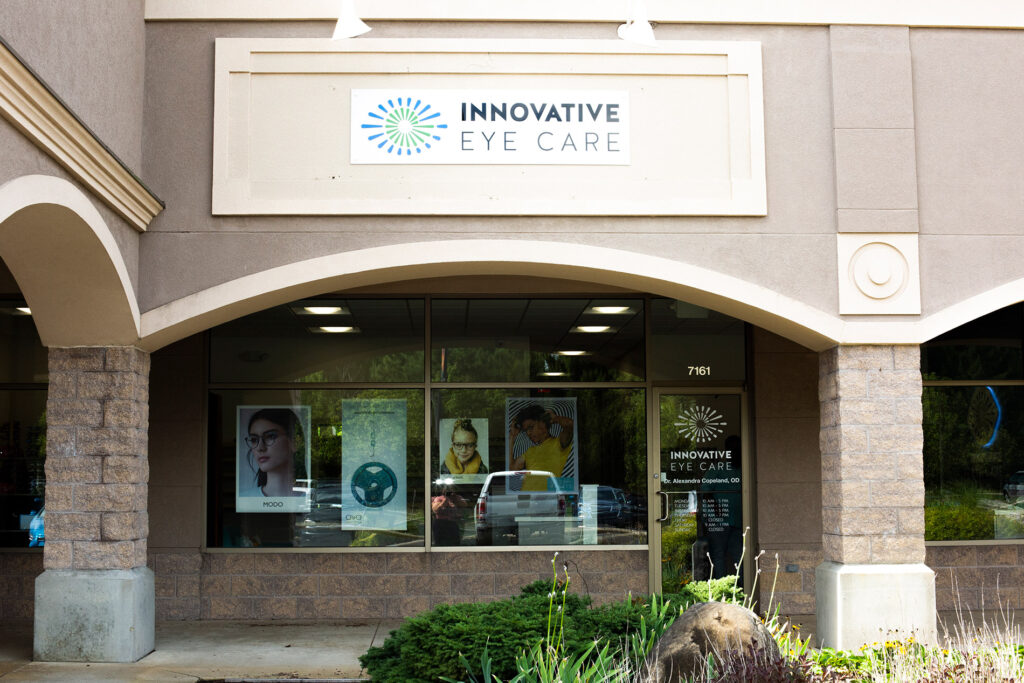February is Age Related Macular Degeneration (AMD) Awareness Month. AMD is the leading cause of blindness for Americans over 50. Read this blog post to read more about this eye disease.
WHAT IS AGE RELATED MACULAR DEGENERATION?
AMD is a condition in which the back of the eye (retina) is disrupted and/or broken down. It usually occurs in older people (>50 years).
WHAT IS THE RETINA AND WHAT ROLE DOES IT PLAY IN VISION?
Your retina lines the inside of your entire eye. It is part of the central nervous system. In order to see, light enters the eye and is focused on the retina. The retina consists of 10 very organized layers. The light passes through these layers and is sent as electrical information to the brain. The brain then makes sense of this information and tells the eye what it is seeing. When the retina’s structure is affected by macular degeneration, the retina no longer sends the correct information to the brain. The information sent can be distorted or even lost.
DOES AMD AFFECT THE ENTIRE RETINA?
No, the entire retina is not affected. As the name states, the macula is affected in macular degeneration. The macula is a special part of the retina. The macula is responsible for your central vision and allows you to see fine detail and color. A person will never go completely blind from AMD since only the macula is affected.
WHAT CAUSES AMD?
The exact details of how AMD happens are still being researched. However, we know that the first signs of AMD are deposits (drusen) underneath the retina. The drusen are like little bumps that the retina now has to lie on. The more drusen, the harder it is for the retina to keep its very organized shape. After enough drusen have collected, the retina cannot stay organized and its layers are disrupted. This disorganization leads to vision distortion. There is not a specific number of drusen that cause these changes; it varies from person to person.
ARE THERE DIFFERENT TYPES OF AMD?
Yes, there are two types of AMD: Dry and Wet.
Dry AMD: Dry AMD is when only drusen are present and causing the disruption of the retina. All AMD starts at this stage.
Wet AMD: Wet AMD is when drusen and new blood vessels are present and causing disruption of the retina. 20% of AMD progresses to the wet form.
HOW DO NEW BLOOD VESSELS FORM IN WET AMD?
Besides messing up the retina’s structure, the drusen can also make it easier for new blood vessels to grow into the retina. Underneath the retina, lie all the blood vessels that supply the eye. There is a barrier between the retina and the blood. This barrier is important because only lets select nutrients move into the retina. The drusen weaken this barrier. With a weakened barrier, new blood vessels can grow into the retina. The new blood vessels are fragile and bleed easily. The new vessels usually cause more disruption to the retina’s organization and thus, more distortion of vision.
WHAT ARE THE RISK FACTORS FOR AMD?
Research has shown that people who are smokers, female, Caucasian, and have a family history of AMD are at higher risk of developing this condition. However, anyone can get AMD.
WHAT ARE THE SIGNS/SYMPTOMS OF AMD?
The most common signs of AMD are decreased vision, distorted vision, and missing parts of vision.
WHAT ARE THE TREATMENTS FOR AMD?
Unfortunately, there is no cure for AMD at this time. Treatments focus on stopping the condition from getting worse. There are different treatments depending on the type of AMD.
Dry AMD: The goal of treatment is to prevent changes in vision by closely monitoring the macula for any signs of new blood vessels. Your eye doctor monitors your condition through different test which may include a dilated eye exam, scans, photos and visual fields.
Wet AMD: The goal of the treatment is to stop the growth of new blood vessels and to prevent them from growing back. Once new blood vessels are detected, an injection is used to stop these blood vessels from growing. The medicine in the injection blocks the signal that tells the new blood vessels to grow. Unfortunately, the medicine is not long-lasting and may work better in some people than others. After an injection the patient must return for close monitoring. The patient may have to receive many injections to stop blood vessel growth.


